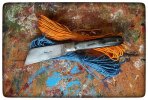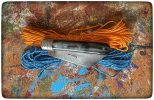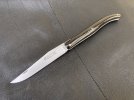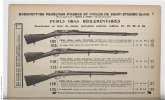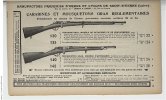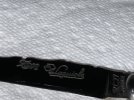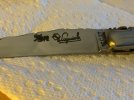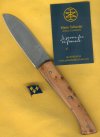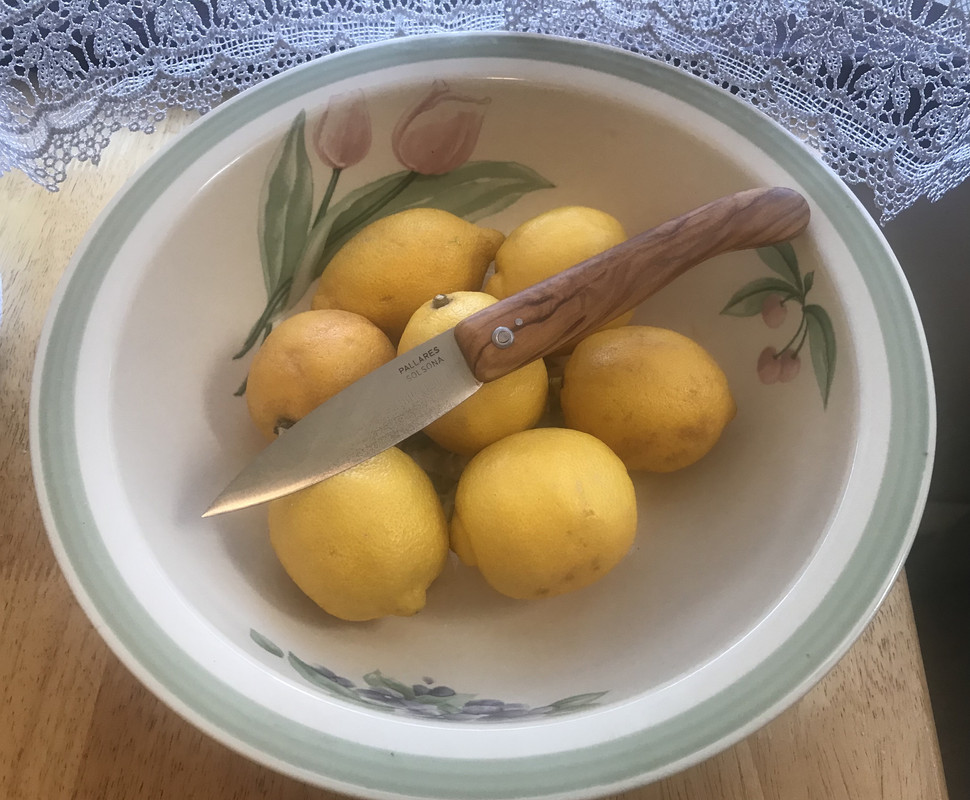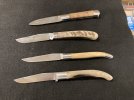I have now read every page of this amazing thread -- what an incredible source of information and inspiration!

This Basque Yatagan recently arrived at my doorstep. I was really intrigued with the backstory of this knife (as presented on a couple of makers' websites). Apparently, this style was originally created for tobacco growers in southwestern France. What are now flat decorative pins were originally raised rosettes or rivets that were designed to improve the grip when the knife was used to cut gummy tobacco plants. I am just as glad now that these pins are flat and merely serve a decorative purpose, but it adds to the enjoyment of this knife knowing that, historically, there was a functional reason for their existence on the handle. One account suggests that this style originated in Bergerac, circa 1800. I will leave it to the experts here to provide their own thoughts on this.
One thing I will say -- this knife is exceptionally robust and sturdy. It would certainly have its way with a large baguette!

The knife itself is large -- coming in at 12.5 cm/folded, with a blade length of 9.5 cm. That being said, it is truly comfortable in the hand and beautifully proportioned.

